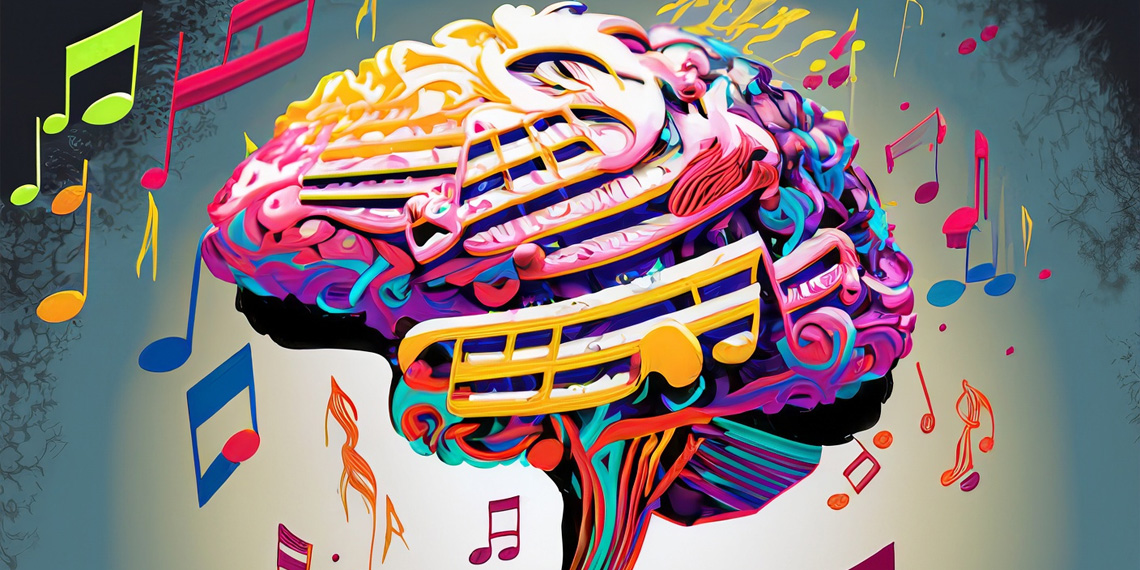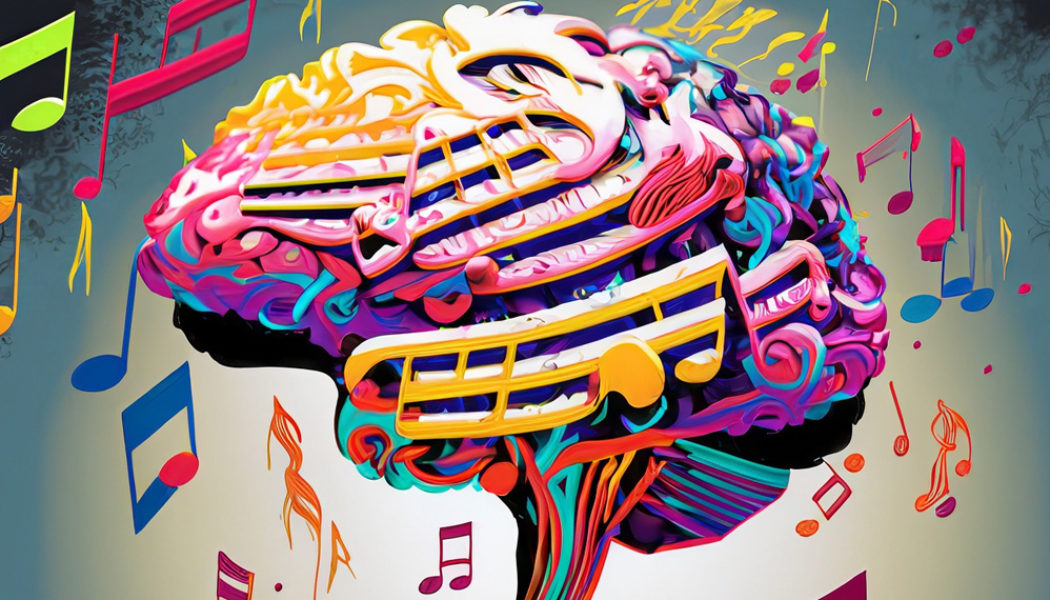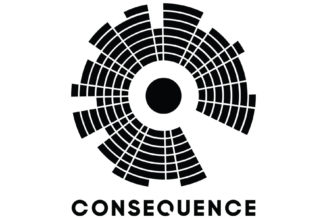
Individuals with varying degrees of borderline personality disorder symptoms exhibit distinct music preferences, according to new research published in Psychology of Music. The findings shed light on how the psychological functions attributed to music can influence musical tastes.
Borderline personality disorder is a mental health condition characterized by a pattern of ongoing instability in moods, behavior, self-image, and functioning. These experiences often result in impulsive actions and unstable relationships with others.
The rationale for exploring the relationship between borderline personality disorder and music preferences stems from the recognition of music’s significant role in human life, particularly its therapeutic potential. Music can profoundly affect emotions, mood, and social connections. It offers a unique window into an individual’s psychological state and coping mechanisms.
Given that individuals with borderline personality disorder experience intense emotions and instability, understanding their music preferences could provide insights into how they use music for emotional regulation, identity formation, and social interaction.
“I’m a researcher whose interests focus on the psychological functions of music,” said study author Rafał Lawendowski of the Department of Family Studies and Quality of Life at the University of Gdansk. “We know quite a lot about this subject considering the standard population. However, we were interested in the problem of the function of music among people with personality disorders, specifically people with severe symptoms of borderline personality disorder.”
“This type of personality disorder has degrees of severity and is characterized by a distinct specificity of functioning within the spheres of self-awareness, social relatedness, and arousal and mood regulation. We wondered whether this is reflected in the psychological goals that regulate the use of music — musical preferences are not accidental.”
The study analyzed data from 549 participants, divided based on their scores on an abbreviated version of the Borderline Personality Inventory. The division created two groups: one with low scores (indicating low symptom severity of borderline personality disorder) and another with high scores (indicating higher symptom severity). The sample predominantly consisted of females (75.6%), reflecting the demographic trends observed in borderline personality disorder populations.
Music preferences were gauged using the Short Test of Music Preferences (STOMP), which measures individuals’ likes and dislikes across 14 different music genres, reflecting a wide range of musical tastes. The researchers employed another scale to measure the psychological functions attributed to music. This scale includes items related to self-awareness, social connectivity, and emotional and arousal regulation, allowing for a comprehensive assessment of the reasons participants might turn to music.
The researchers found that participants with higher borderline personality symptom severity exhibited distinct preferences for certain types of music. Notably, individuals exhibiting higher symptom severity showed a preference for reflective and complex music genres, such as classical or jazz, while showing less interest in intense and rebellious genres like heavy metal or punk.
The severity of borderline personality disorder symptoms was also significantly related to how individuals perceived the functions of music. Specifically, it was found that the more severe the borderline symptoms, the less individuals valued music for its capacity to foster self-awareness and social bonds.
The researchers also examined how the psychological functions of music serve as mediators in the relationship between borderline symptoms and music preferences. They that these functions partially explain why individuals with higher borderline personality symptom severity favor or disfavor certain music genres.
Specifically, the study suggests that the diminished value placed on music for self-awareness and social relatedness among those with higher borderline symptoms leads to a decreased preference for intense and rebellious music.
“We have demonstrated that the severity of borderline personality symptoms is closely related to the preferred type of music,” Lawendowski told PsyPost. “The functions of music may partially shape musical preferences in this group (i.e., musical preferences are a response to internal psychological needs).”
The study has some limitations, including its reliance on self-reported measures and a lack of consideration for the potential influence of ongoing therapy on participants’ music preferences. Future research could benefit from a longitudinal approach, considering variables such as stress levels and their impact on the evolving relationship between borderline personality symptoms and music preferences.
“The research was conducted during the COVID-19 pandemic, so we were unable to conduct it in the formula that would be most appropriate for us,” Lawendowski said. “(We would like to obtain more data about the participants.) I think is worth undertaking longitudinal studies that will allow answering the question of how music functions may explain the effectiveness of music therapy (and thus, also the participants’ responsiveness to music therapy).
The study, “Borderline personality disorder symptoms relationship with music use: Investigating the role of music preferences and functions of music,” was authored by Karolina Kowalewska, Rafał Lawendowski, and Karol Karasiewicz.









